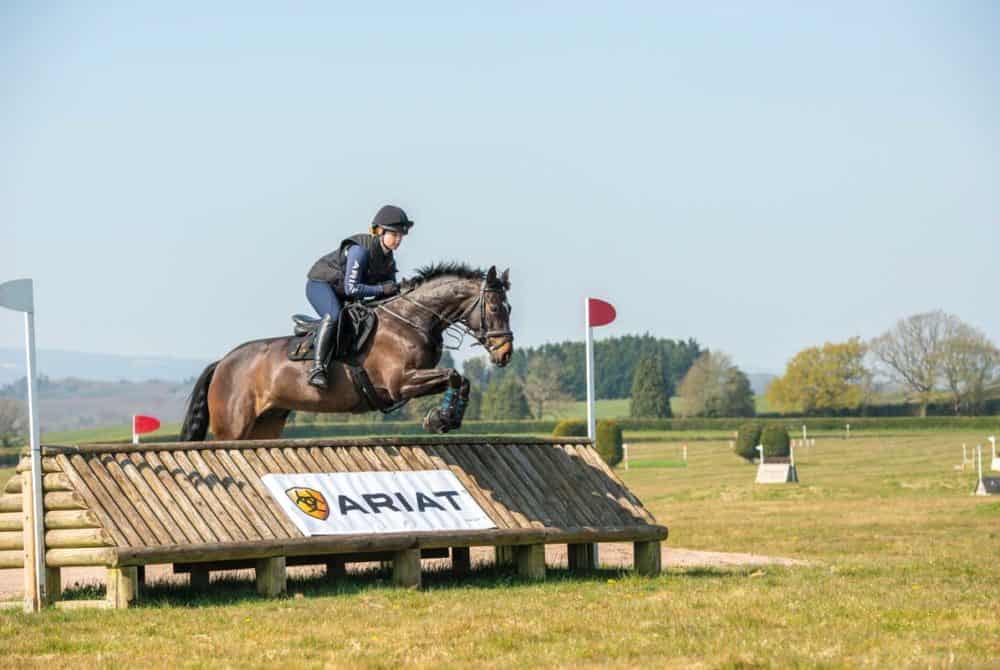Introducing cross-country with Tina Cook
Posted 20th July 2021
Whether your horse is inexperienced, spooky or had a lockdown-induced cross-country break, Tina Cook shows you how to tackle your next schooling session with confidence

When introducing your horse to the fences you’ll find on the cross-country course – or tackling those he finds the trickiest – it’s important to get him there in a calm and clear manner, and a pace you can both handle. No matter your horse’s age or experience, you as his rider are the voice of reason and a sympathetic ear – he’s allowed to have a look and a wobble when faced with a question out of his comfort zone, but he ultimately needs to complete what’s asked of him with confidence in you as his guide.
Piloting your horse through new or exciting situations might seem daunting but armed with know-how and a dash of common sense, you should be able to leave your schooling session with a wider range of cross-country fences under your belt.
Warm-up wise
The first few minutes are your opportunity to settle your horse. Don’t warm him up in an open space away from the fences, because working next to them will help him get over any initial spookiness. I like to introduce my horses to fences not by presenting them at the jumps, but by letting them walk alongside. This helps take off the pressure and allows them to become familiarised with the fences while avoiding confrontation. Be quick to praise, giving your horse a pat when he relaxes.
Dealing with distractions
With wide open spaces, unusual obstacles and, often, other horses coming and going, there’s a lot going on during a cross-country session. I don’t mind horses taking in their surroundings and having a look, but they mustn’t change their way of going too much. Your horse has every right to look around and get his bearings, but he ultimately needs to focus on the job. If his mind and gaze are wandering too often, regain his attention by asking for more – a 10m circle or a change of bend away from the distraction, for example.
It’s important to have him looking ahead when you’re jumping so he doesn’t suddenly find there’s a fence in front of him and panic. Don’t accept deviations from his work – there’s no need to argue but ride a little stronger to regain his focus.
With thanks to Ariat for their help with this feature, ariat.com
For more great advice from Tina Cook, pick up a copy of September Horse&Rider, on sale 22 July 2021.










